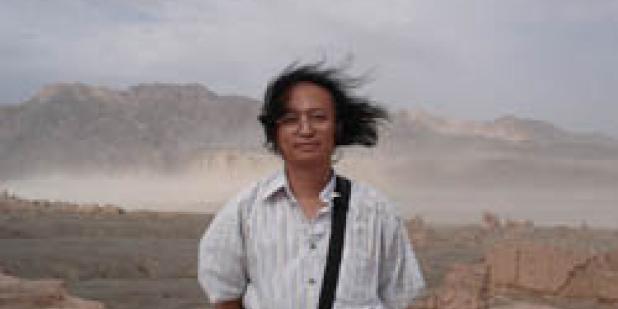Happy Lunar New Year from the USC US-China Institute!
Buddhist Icons with Magic Power
The Ho Center for Buddhist Studies at Stanford University presents a discussion with Qiang Ning on the meaning and function of Buddhist art in medieval China.
Where

Qiang Ning, Connecticut College
Does a Buddhist icon carry magic power? Could a Buddha image change into two bodies in the eyes of devoted viewers? What is the essential function of visual art in Buddhism? This seminar introduces and analyzes Buddhist images from the Dunhuang cave-shrines, particularly the so-called "miraculous images" created during the Tibetan-occupation period and the following 9th-10th centuries, to discuss the meaning and function of Buddhist art in medieval China.
Ning Qiang worked at the Dunhuang Research Academy for 7 years as a researcher of Buddhist art in the Gobi desert in northwestern China before going to Harvard University for his Ph.D. degrees in art history in 1991. He has been teaching Asian art at Yale, San Diego State and the University of Michigan since 1997 and now he is the Chu-Niblack Associate Professor of Asian Art at Connecticut College.
Featured Articles
We note the passing of many prominent individuals who played some role in U.S.-China affairs, whether in politics, economics or in helping people in one place understand the other.
Events
Ying Zhu looks at new developments for Chinese and global streaming services.
David Zweig examines China's talent recruitment efforts, particularly towards those scientists and engineers who left China for further study. U.S. universities, labs and companies have long brought in talent from China. Are such people still welcome?






